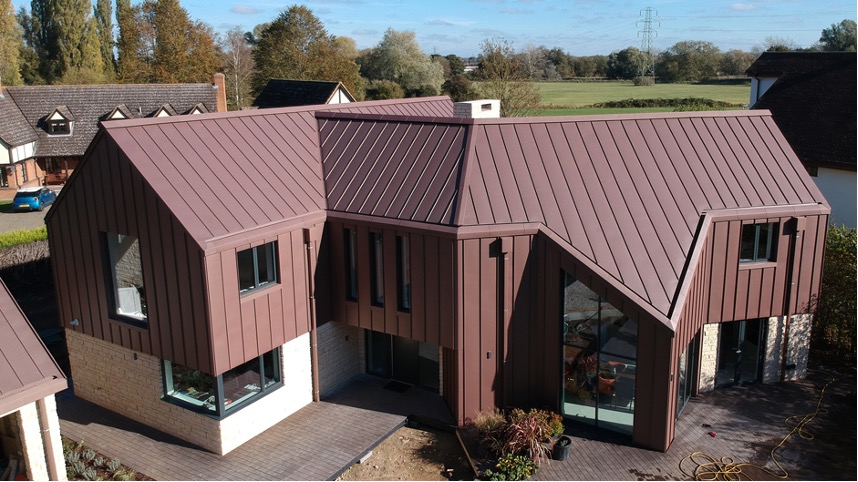Table of Content
They aren’t a specific category of loans such as a mortgage, business, auto or educational loan. In most cases, a personal loan is backed by nothing more than the borrower’s creditworthiness and guarantee of repayment. You can only claim the deduction when you use the funds from the HELOC to make improvements to the property on which you took out the loan. For example, if you took out a HELOC on your primary residence and used the money to renovate your vacation home, you cannot claim the interest deduction. Before deciding to claim the standard deduction, it’s a good idea to compare your standard deduction amount with your total itemized deductions.
You have to itemize on Schedule A to claim the deduction, and you can only deduct medical expenses that exceed 7.5% of your adjusted gross income. The deduction is also reduced by any increase in the value of your property. So, for example, if you spend $50,000 to install an elevator, and that increases your home’s value by $40,000, you can only deduct $10,000 . Many of the deductions well discuss also apply to purchasing a home. If you have any doubt as to whether you qualify for a certain deduction, we recommend speaking with a financial planner or tax professional. Yes, you can claim a deduction for interest earned on the balance held in your NRO account.
What Line Do You Use to File Mortgage Interest on Form 1040?
The same goes if you are taking out a loan and letting the money sit in the bank as your just-in-case fund for emergencies. For some taxpayers, the standard deduction can result in a lower tax burden for the year. For the 2021 tax year, the standard deduction for married couples filing jointly is $25,100; for single filers or married couples filing separately, the standard deduction is $12,550. It’s important to decide which is best for you and your tax situation — deducting the interest specifically from a HELOC can only be done by itemizing.
After entering a 20% down payment, 30 years for the term and a 4% interest rate, the total amount of closing costs was calculated at $7,042. As a firsttime homebuyer, you may be surprised by how expensive real estate can be. In addition to purchasing a house itself, homeowners have to plan to pay closing costs, which usually cost between 3% and 6% of the total loan amount. The debts on both homes that you wish to deduct interest expenses on must fall into at least one -- but not necessarily the same -- of three categories for you to deduct 100 percent of what you pay. Acquisition or home-equity debt from a mortgage taken after October 13, 1987, to purchase, build or renovate a home or grandfathered debt from a mortgage acquired before October 14, 1987. The combined total of the mortgages from acquisition or equity loans must be less than $100,001 if you and your spouse file a joint return or $50,001 if you and your spouse file separately.
American Opportunity Tax Education Credit
For 2022, you can deduct 18 cents a mile for travel you made for medical purposes through June 2022. The amount has increased to 22 cents a mile from July 1, 2022, through the end of the year. Credit card and installment interest incurred for personal expenses. You have to use the money from the home equity loan to buy, build or “substantially improve” your home. A mortgage that you get in order to “buy out” your ex’s half of the house in a divorce counts.

If the amount of taxes you owe is zero because of this credit, the IRS says 40% of any remaining amount of the credit (a maximum of $1,000) can be refunded to you. Medical and dental expenses qualify for a tax deduction, though you can deduct only the costs that exceed 7.5% of your AGI. Again, you can deduct state income taxes that are paid, but the write-off is limited to up to $10,000, which includes all deductible state and local taxes. Look in your mailbox for Form 1098.Your mortgage lender sends you a Form 1098 in January or early February.
Student Loan Interest
With TurboTax Live Full Service Deluxe, a tax expert will do your taxes for you and find every dollar you deserve. We’ll search over 350 deductions and credits so you don’t miss a thing. Make sure the mortgage interest deduction you claim on Schedule A matches the amount that’s reported on Form 1098.
That includes the outstanding balance from a first mortgage plus the additional requested funds. Note that $750,000 is the total new limit for deductions on all residential debt. If you have a mortgage and home equity debt, what you owe on the mortgage will also come under the $750,000 limit—if it’s a new mortgage. Older mortgages may be covered under the previous $1 million limit (or $500,000 for a married taxpayer filing a separate return). The rules are complicated, so you’ll most likely need an accountant or a 1031 Exchange company to apply the exact details to your personal situation. But if you roll all the profit of the sale of a rental property into another property within a specific time frame and according to certain guidelines, you may not have to pay capital gains on that profit.
Home Construction Loans
You can find the mortgage interest deduction part on line 8 of the form. Youll put in the mortgage interest information found on your 1098 in that section. Like the HELOC interest deduction, the mortgage interest tax deduction only applies when you choose to itemize your deductions. In most cases, homeowners opt for the standard deduction instead. The tax law changes in 2017 also affected how much you can claim from your mortgage interest, so it's essential that you seek out up-to-date information on the topic.

For debts incurred before December 16, 2017, these numbers increase to $1 million and $500,000, respectively. The home must be a qualified home, which the IRS defines in Publication 936. This includes interest you paid on loans to buy a home, home equity lines of credit , and even construction loans. But the TCJA placed a significant restriction on home equity debt beginning with the 2018 tax year. You can't claim the deduction for this type of loan unless you can prove that it was taken out to "buy, build, or substantially improve" the property that secures the loan.
If you are unsure about any deductions, contact a tax professional for advice. The TCJA also introduced a cap of $10,000 on itemized deductions for state and local taxes , including property taxes. To be clear, though, you can only claim a tax deduction for your loan's interest portion, not its principal. So if you paid $3,000 toward your home equity loan last year but only $600 of that was interest, then you're limited to a $600 tax break. Qualified mortgage insurance premiums — Private mortgage insurance, or PMI, is required on most conventional mortgage loans with a down payment of less than 20%. If you paid mortgage insurance premiums over the year, you may be able to deduct this expense.

Changes to tax deductions for HELOCs and other home loans occurred in 2017, and these changes apply to new loans as well as those that existed before the updated tax laws. Before 2017, you might have made your HELOC interest tax-deductible even if you didn't use the funds for home improvements. It's important to familiarize yourself with the updated tax code, as mistakenly claiming HELOC deductions could lead to penalties. The mortgage interest deduction allows you to reduce your taxable income by the amount of money you’ve paid in mortgage interest during the year. So if you have a mortgage, keep good records — the interest you’re paying on your home loan could help cut your tax bill.

No comments:
Post a Comment